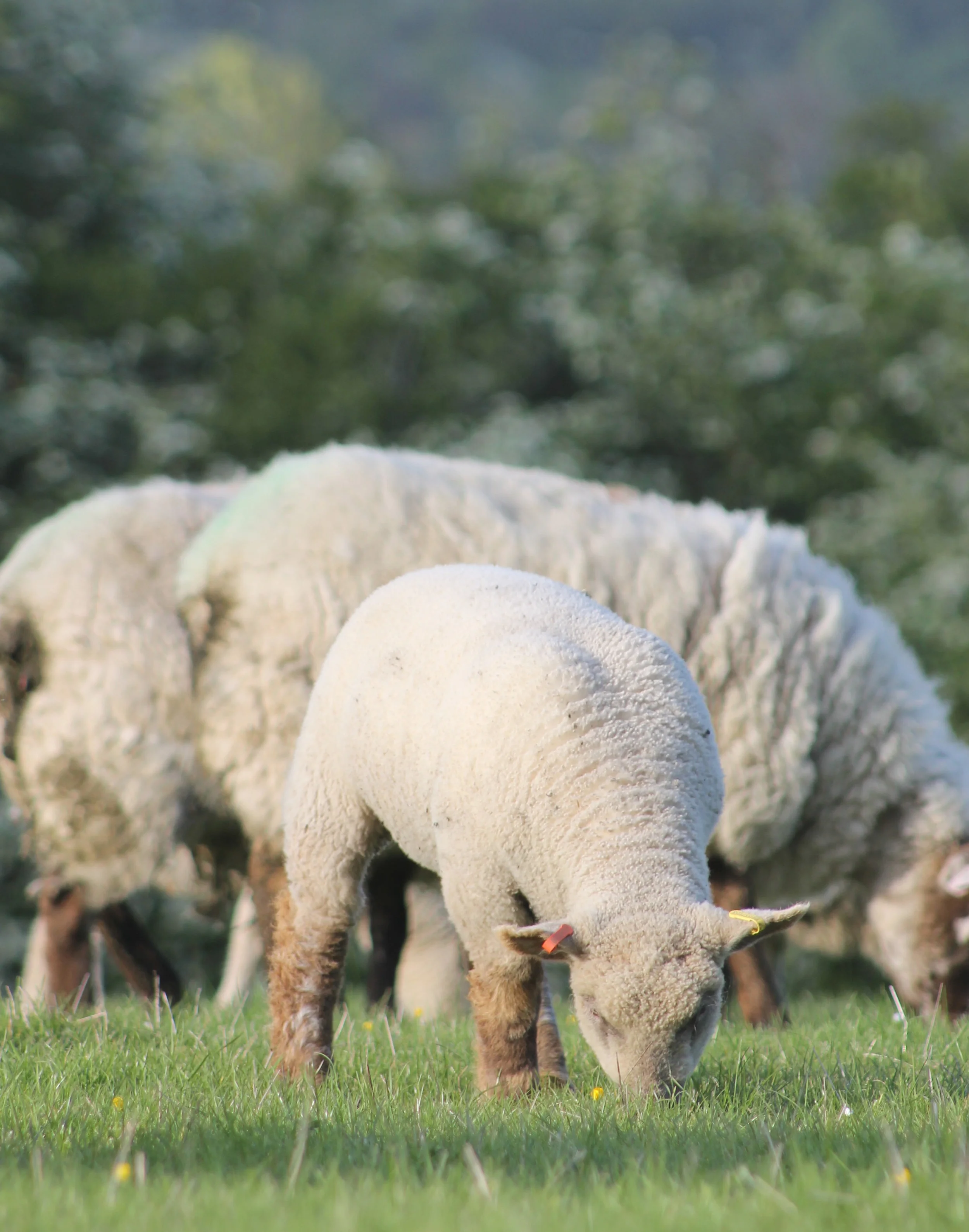Tupping ewe lambs is an increasingly popular practice, but making it successful relies on careful management, good stock selection and ensuring you have the right rams to do the job.
For, Chichester, West Sussex-based flock manager Nick Page who looks after more than 1200 ewes for Goodwood Estates, lambing ewe lambs helps ensure they are better mothers as shearlings and provides an additional income from North Country Mule ewe lambs purchased each autumn.
“We source all our Mule ewe lambs privately from the Harryman family at Keskadale Farm, Newlands Valley, Cumbria, selecting them from the same farm for just shy of 30 years.
“While lambing ewe lambs isn’t for everyone I’m a firm believer in it and it really pays dividends when it comes to lambing those sheep as shearlings.”
Mr Page says ensuring ewe lambs are well enough grown before tupping is the most important factor, alongside managing them well in the time between tupping and lambing, helping them grow on and produce a well sized, viable lamb at the same time.
“Its a careful balance between keeping the ewe lamb in good condition and not getting the lambs inside them too big so as to cause lambing difficulties.
“We are lucky to have good dry ground to run them on over most of the winter ahead of lambing, providing them with sufficient supplementary feed to keep them growing on,” explains Mr Page.
Not all ewe lambs at Goodwood are put to the ram, with just the bigger lambs given the chance of getting in lamb and these only running with the ram for one cycle.
“We’re careful not to put any to the ram which we think might not grow as well if they’re carrying a lamb and only given them one cycle with the ram keeps lambing tight and ensures the lambs can be weaned relatively early, giving the shearlings a chance to grow on through the summer before going to the ram again.
“Central to this system is having the right breed of ram and for me that’s a Southdown every time. They’re great rams for ewe lambs, being easily lambed and quick growing off milk and grass,” explains Mr Page.
“Its important to me that when the ewe hoggs lamb down they have every chance of making decent sized shearlings. That means they’re lambs mustn’t drag them down too much.
“Southdown cross lambs are great converters of milk and forage and that helps make for an easier life for the ewe hogg and allows her to keep growing. Crucially, with moderate birth weights and neat heads and legs the Southdown cross lambs are easily born, with very few of the hoggs requiring assistance at lambing,” he adds.
“That helps ensure the ewe and lamb bond isn’t broken by us having to intervene and means the hoggs have the chance to be the best mother they can be.
“The quick growth and early finishing of the Southdown lambs means they don’t pull the hoggs down and allows us to get the lambs away before grass growth here starts to slow up in mid summer,” says Mr Page.
“I really wouldn’t want to use any other ram on the ewe lambs, the Southdown is the perfect ram for the job.
“The improvements made in the breed in the last 20 years have meant we can slaughter lambs at a variety of weights without them running to fat which suits our needs as we’re sending 10-15 lambs a week to high class London restaurants and hotels, including the Ritz, so need a constant supply of evenly finished lambs throughout the year.”
“We can slaughter Southdown cross lambs at a variety of weights from 18kg up to 22kg at optimum fat classes, providing a range of joint sizes suited to our different customers.”
Alongside the commercial flock at Goodwood Estates Mr Page is also responsible for the 70-ewe pedigree Southdown flock run on the Estate, using genetics from leading flocks to improve the flock year on year and this year winning the breed’s National Show.
“The pedigree flock fits well alongside the commercial ewes and means we have a ready supply of rams to use which we know the history of and which we know will produce lambs which will thrive off our grassland.”




